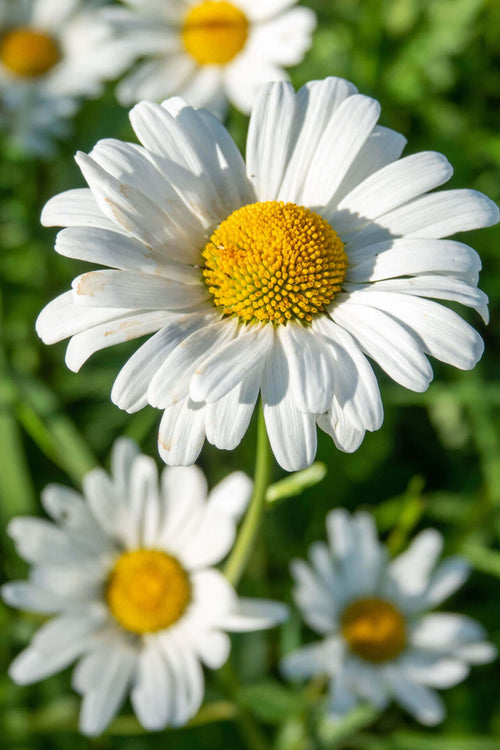Monday, September 19
TN Nurseries best selling butterfly plants
1. Butterfly weed
2. Trumpet vine
3. Coneflower
4. Black eyed susan
5. Daisy
Attract Beautiful Butterflies to YOUR Garden!
Do you love the gem-like beauty of butterfly wings? Do you wish you could entice more local and migrating butterflies to your garden? Watching vibrantly colored butterflies drift around blooming flowers can be a magical moment for anyone, and we're happy to help show you how you can lure plenty of butterflies to your garden.
Butterflies begin their lives as caterpillars. If you want to ensure you can also get a good butterfly 'crop,' plant plenty of things that caterpillars like to eat, which you won't mind seeing minor damage to. Then, when the caterpillars finally make their transformation, they'll be familiar and at home in your garden.
What do butterflies eat? Nectar! So make sure to grow plenty of nectar-producing flowers if you want to attract butterflies.
Some tried-and-true butterfly-attracting favorites include flowers like the Lilac, Butterfly Bush, Zinnia, Petunia, Sunflower, Daisy, Lavender, Sweet rocket, and even Ivy. Plant a good variety of nectar-bearing flowers to attract as many different types of a butterfly as possible, and make sure to time your growing of the flowers so that they will all bloom in sequence.
Plant your flowers in a sunny location, which will help keep the nectar in the flowers fragrant and attractive to butterflies. For those plants that prefer at least a bit of shade, plant them in an area that receives ample sunlight when you would most love to see the butterflies around.
A fun fact is that butterflies aren't just a pleasure to look at but are very practical for gardeners to attract. Butterflies, when drinking nectar, help pollinate flowers, ensuring your garden will be beautiful during the next flowering season. They also serve as food for many birds, including beautiful songbirds. If you cultivate your garden as an ideal butterfly location, they will come back year after year and will likely come in more significant numbers!
These are some of the best and most surefire ways to get native butterfly species to adorn your garden! Best of luck trying them out.
Source to Buy a Wide Variety of Butterfly Attracting Plants



















































